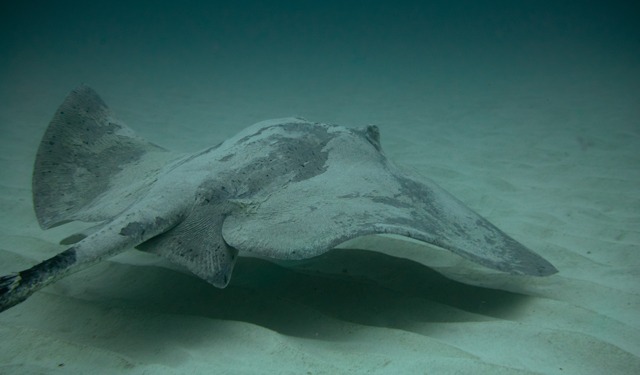Some fish species are getting smaller – A new international study led by scientists from the Universities of St. Andrews and Nottingham has examined global data from the past 60 years, revealing that some fish species are getting smaller. Published in Science, the study suggests that global warming, overfishing and food availability could be the main culprits behind this trend.
The results indicate that shrinkage is more common among fish than other groups of organisms such as plants and invertebrates. The study also revealed a complexity of changes, with some species growing while others shrink. Maria Dornelas, senior author of the study, emphasised the importance of understanding these dynamics to track the evolution of body size over time.
Previous research
Previous research has shown a decrease in the size of trophy fish in fishing competitions, as well as the vulnerability of larger species. However, the new study reveals that this phenomenon is influenced by both a decrease in size within species and the replacement of larger species with smaller ones.
Inès Martins, another author of the study, noted that in some areas smaller and smaller individuals of spiny dogfish are being observed, while species such as the smaller mackerel are becoming more common. This could be due to human food preferences or climate change.
One of the surprising outcomes of the study is the replacement of a few large organisms with many small ones, while keeping the total biomass constant. This suggests that ecosystems tend to balance the change in body size to ensure overall stability.
Researchers are investigating the factors that drive these fluctuations in body size, with some cases of increases of more than 10%. It is suggested that these changes may be related to the impact of the Anthropocene, a geological epoch characterised by human influence on the planet.
Maria Dornelas pointed out that understanding the effect of these changes on the functioning of ecosystems is crucial, as the size of animals affects their role in the ecosystem and the human food supply, with larger fish usually able to feed more people than smaller ones.
Some fish species are getting smaller








